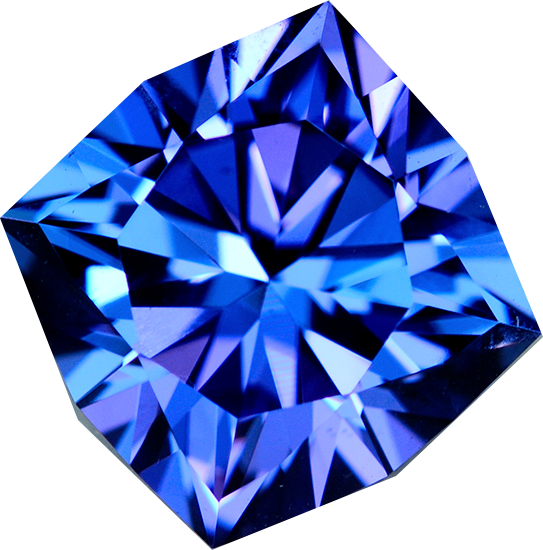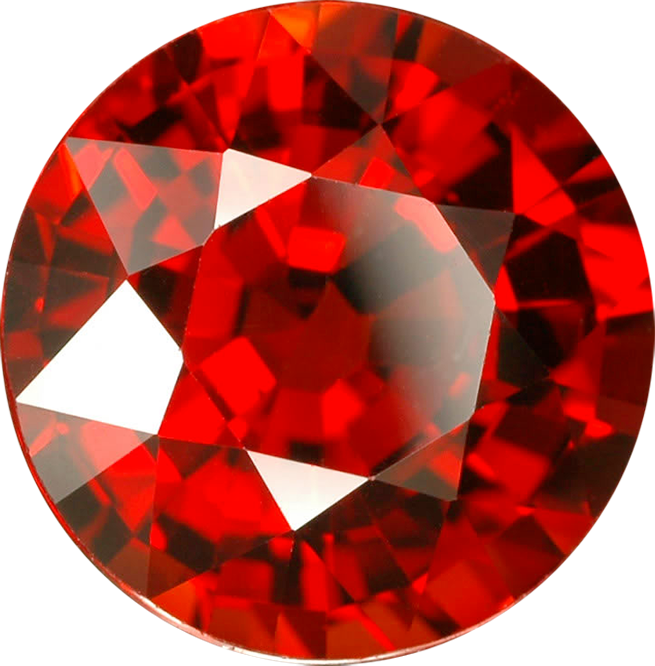
January
Garnet
Garnets have a long history and often make us think of the deep red gems that were in our grandmother’s jewelry boxes. Today, gemstone buyers have many colors of garnets from which to choose: rich green, vibrant orange, bright pinks and purples. The various colors are determined by various chemical combinations that make up this gem. Prices are determined by availability of the colors and can range from a few dollars per carat for the very common deep-red to reddish-purple species to hundreds of dollars per carat for those less common such as the vivid orange Mandarin Garnets. The Mohs Hardness Scale rates this gemstone as 7-7 ½, so it is suitable for most jewelry choices.
February
Amethyst
In Ancient Greece, the word ‘Amethystos’ meant not drunk. Amethysts were worn around the neck to protect ones self from becoming drunk and as a signal to others that the wearer did not approve of drunkenness. For many, many years the regal purple amethyst has been worn in a ring on the second finger of Catholic Bishops to signify great power and dignity.
This purple gemstone is a variety of Quartz. A strong purple to reddish-purple color is most preferred. The best amethysts are found in Africa and Brazil and very large sizes are not uncommon. There is also a mine here in the United States, in Arizona, that supplies rough for collectors as well as pieces to be used in custom made jewelry. The Moh’s Hardness Scale rates this gemstone 7, so it can be worn in most jewelry pieces.
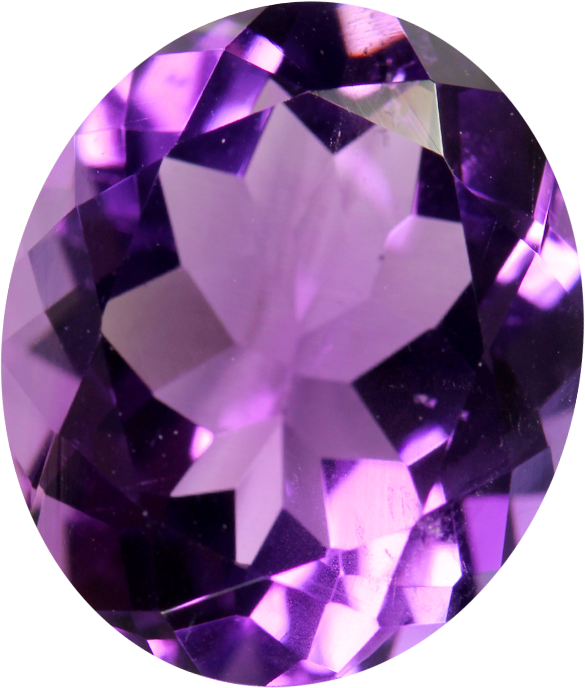
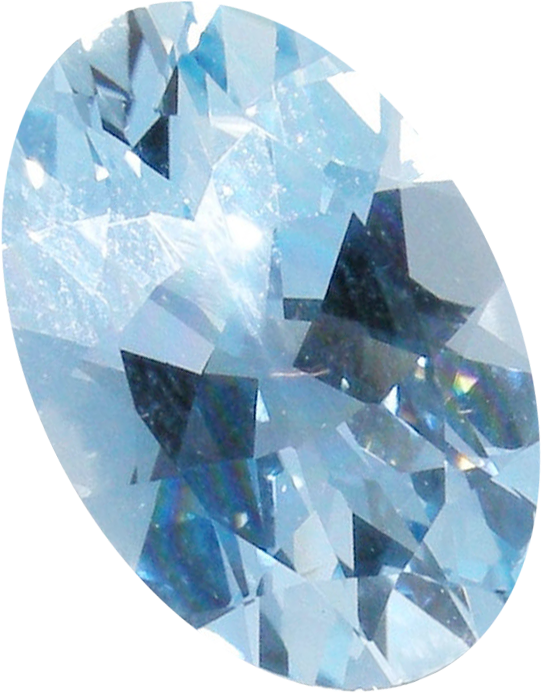
March
Aquamarine
This month’s birthstone gets its name from its sea-blue color. It has long been the gemstone of sailors as it was thought to give protection when at sea. Aquamarine comes in a very narrow range of blue to blue-green colors. The most valuable color is a medium-dark blue to slightly greenish-blue. Large aquamarines are not uncommon and the larger they are, the better their chance of having a desirable shade. Brazil has been the most important source for fine aquamarine for centuries and also holds the record for the largest one ever found weighing about 15lbs! The Mohs Hardness Scale gives aquamarine a 7 ½ – 8, therefore making it appropriate for any jewelry from earrings to rings and anything in between.
April
Diamond
April babies seem to either love their birthstone or feel that it is boring. “Diamonds are for marriage”, they say. They feel short-changed that they did not get a birthstone of color. But…in fact, diamonds come in just about every color of the rainbow. Color is created when trace elements sometimes bond with the Carbon atoms that make up a colorless diamond. Most of the time, this is yellow to brown. But shades of blue, pink, and orange, among others, can also be created. These are called Fancy Colored Diamonds and they have their own grading scale developed by the Gemological Institute of America.
The clarity grading of colored diamonds is not as strict as for colorless diamonds because of their rarity. The color grading uses a scale that runs from Faint to Fancy Vivid. The stronger the main color (hue) is, the higher the value. Diamonds are the hardest of all gemstones and are perfect for any piece of jewelry.
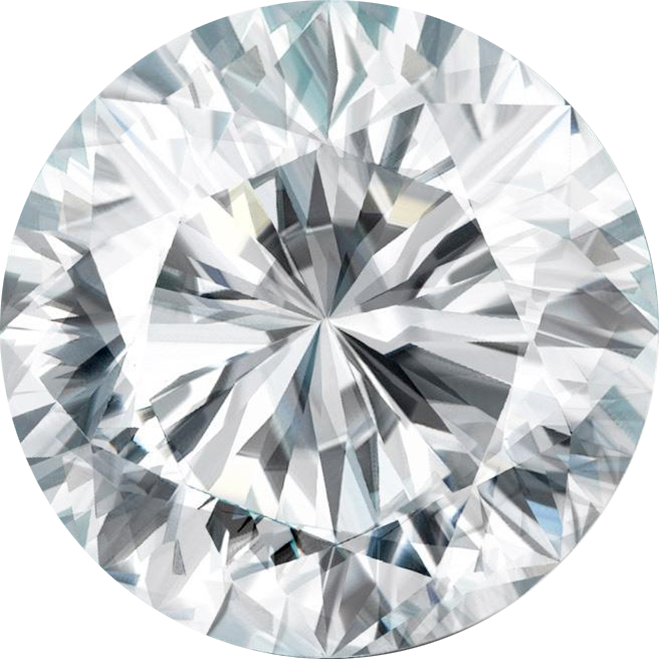
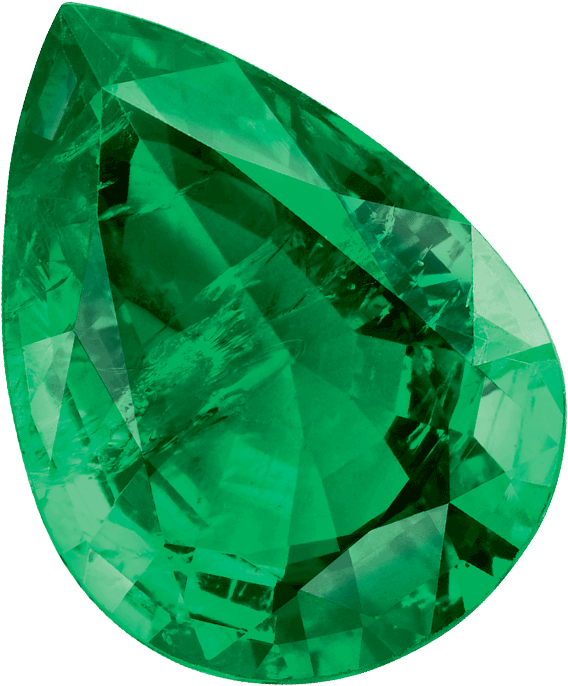
May
Emerald
Emerald is a variety of the mineral species Beryl that historians tell us was mined as early as 3500BC. The Greeks dedicated this gemstone to the goddess Venus, ensuring security in love. It must be the characteristic green to a very strong bluish green to earn the name Emerald. The finest quality emeralds come from mines in Columbia, S. America but other qualities can be found in Russia, Brazil, or Zambia. Emeralds are usually very included and typically have trace elements from the environment in which they grew as well as internal fractures that may or may not reach the surface of the gemstone. These fractures are often filled with oil to improve the durability of the Emerald. The rating of 7 ½ -8 on the Mohs Hardness Scale tells us that Emeralds may (depending on the particular stone)best be suited for earrings or a pendant instead of a ring.
The clarity grading of colored diamonds is not as strict as for colorless diamonds because of their rarity. The color grading uses a scale that runs from Faint to Fancy Vivid. The stronger the main color (hue) is, the higher the value. Diamonds are the hardest of all gemstones and are perfect for any piece of jewelry.
June
Pearl
Legend has it that the beautiful Cleopatra would dissolve pearls in wine and drink it to maintain her smooth skin. Pearls are an organic gem formed within certain saltwater and freshwater mollusks. An irritating object inside the mollusk stimulates it to produce layer after layer of what is known as ‘nacre’, so that it is more comfortable for the muscle inside the shell. This nacre is what gives pearls their luster and size, which also determines their price. Pearls come in many colors from gold to black to pastels, depending on the type of mollusk and the region in which it grows. Because there is one pearl per animal, it can take years to produce and match enough pearls for a necklace.
In recent years, freshwater pearl production has made great improvements and now can provide lovely pearls that can rival those produced by saltwater operations. These mollusks produce multiple pearls each, so therefore freshwater pearls are a much more economical option.
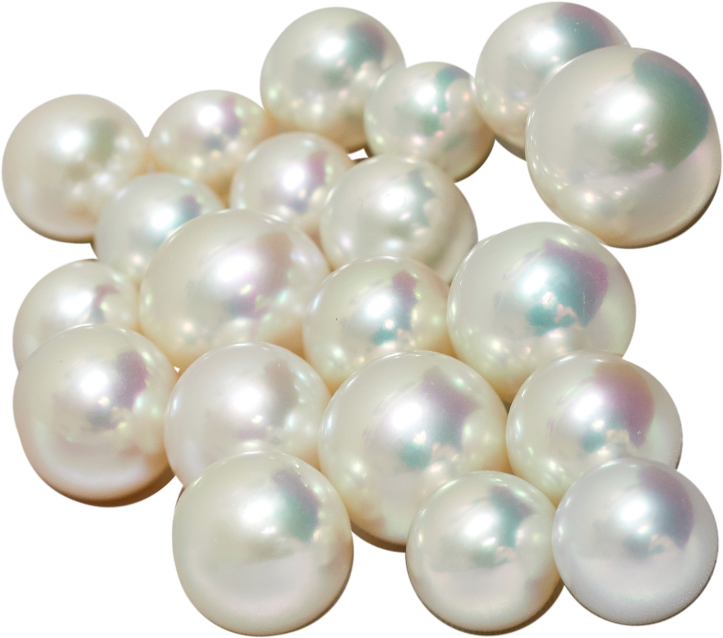

July
Ruby
Ruby is known in the ancient language of Sanskrit as ‘the king of precious stones’. The intense red color can be associated with power, desire, and other intense emotions. It has always been one of the most prized gemstones of upper classes and European royalty and still can command the highest per-carat price of any colored gemstone. The finest colored rubies are found in Myanmar, the Himalayas, and northern Vietnam, while other qualities are found in Thailand, Madagascar, and Sri Lanka.
When purchasing a ruby, a vibrant red to slightly purplish-red is considered best. Rubies are a durable gemstone and rate 9 on the Mohs Hardness Scale Therefore they are ideal for use in any jewelry from earrings to rings.
August
Peridot
Although Peridot is known today to be one of the most affordable green gemstones, its history is thought to be the opposite. Some historians think that Cleopatra’s famous emerald collection might have actually been peridot. The 200-carat gems that decorate a shrine in Germany were thought to be emeralds, but in reality are peridots.
This yellowish green gemstone can be found in the Far East, Finland, and right here in the United States, in Arizona. The very finest stones should show little to no hint of yellow. As a relatively soft gemstone, 6.5-7 on the Mohs Hardness Scale, care should be taken when wearing Peridot. It scratches easily and is better worn in earrings or a necklace.
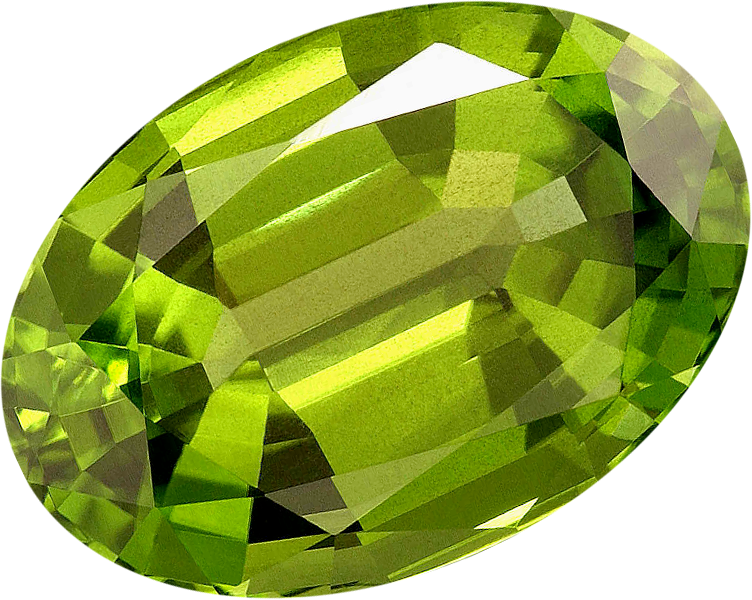
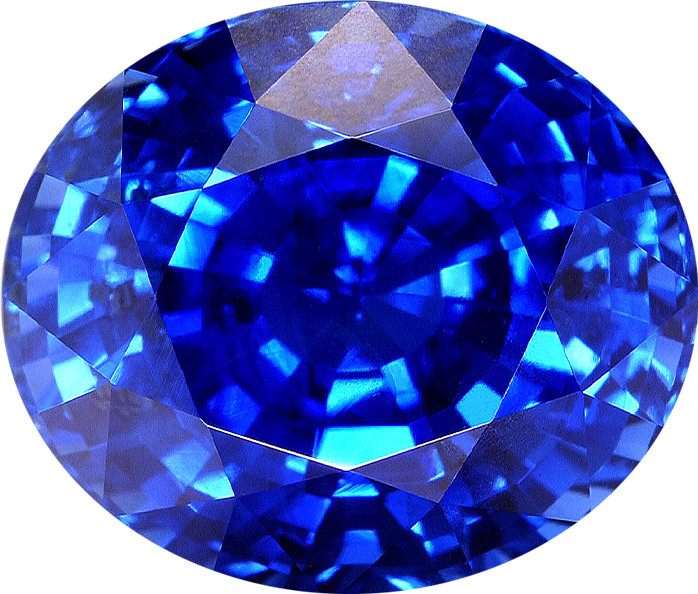
September
Sapphire
The sapphire has long been a symbol of honesty and truth. For this reason, it is often used in engagement or bridal rings. Sapphires can be classic in style like Princess Diana’s engagement ring or they can be very trendy and adorn a celebrity as she walks the red carpet. More jewelry is purchased set with sapphires than any other gemstone. Blue is the most common color and many people are surprised to learn that sapphires come in every color of the rainbow. They are found in Asia, Sri Lanka, and Africa,to name just a few countries. Some very nice blue sapphires as well as yellow and orange are found right here in the United States in Montana. Because they are a 9 on the Moh’s Hardness Scale, sapphires are perfect for any jewelry item.
October
Tourmaline
Through history, tourmalines have been thought to stimulate one’s energy, especially the brightest pink colors. These gemstones became popular in the 1970’s and have remained in fashion through the years because they are available in so many vivid colors and resemble many other, perhaps better known, gems. Tourmalines even grow in mixed colors that the cutters will take advantage of when deciding what the final shape will be.
Gem-quality tourmaline is most often from Brazil, but Africa, Asia, and even the United States have nice qualities as well. On the Moh’s Hardness Scale, Tourmaline rates a
7-7 ½ which indicates that it is best worn in earrings, around the neck or in a ring that protects the edges.
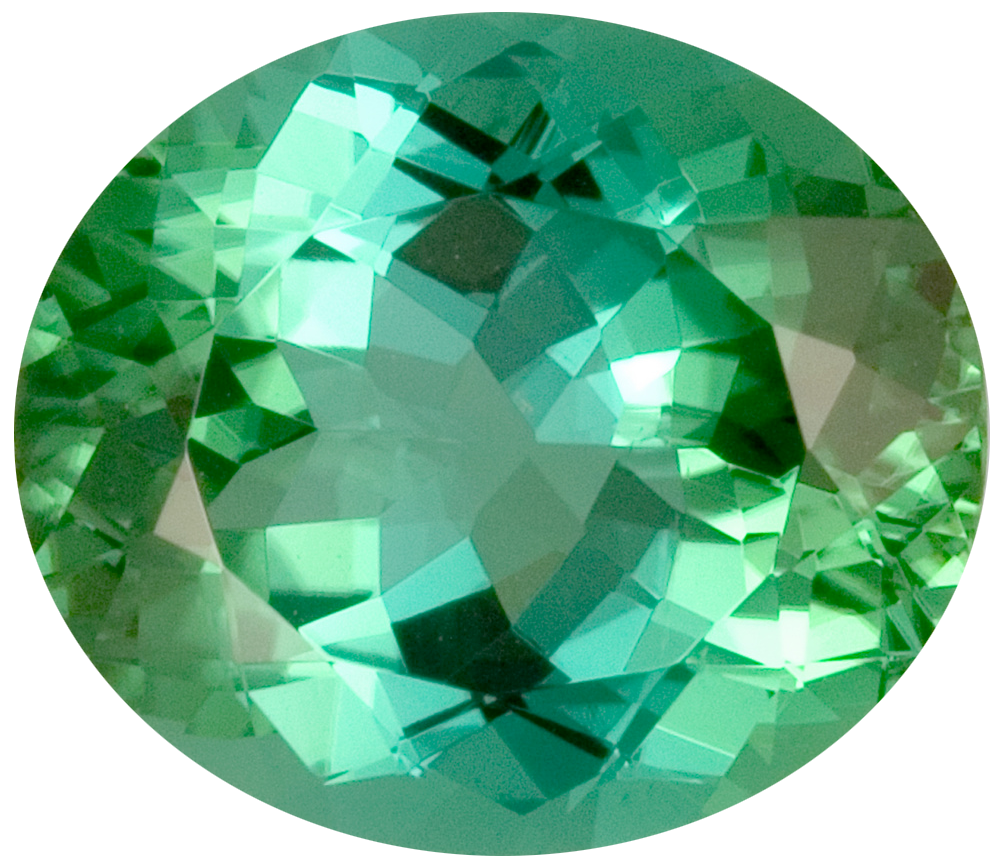
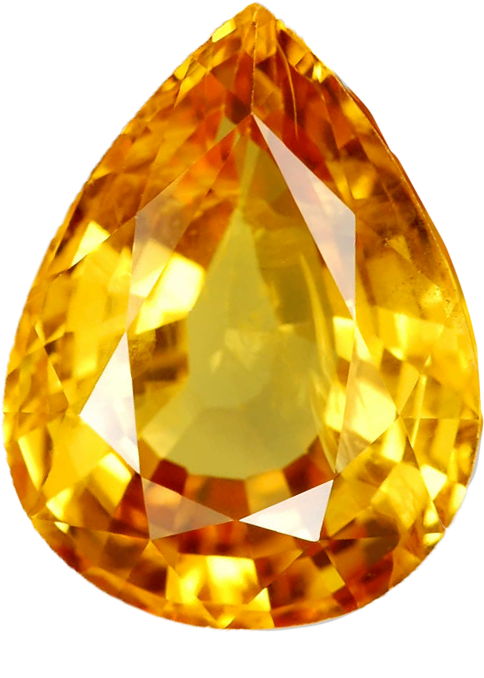
November
Topaz
For centuries, topaz was associated with the sun and the color yellow. It was thought that all yellow gems were topaz and all topaz was yellow. Today we know that topaz also occurs in various shades of red, purple, orange, brown, blue and green. It can also be colorless. Along with the variety of colors comes variety in prices. Red and pink topaz, known as ‘Imperial Topaz’, is found in Brazil and is considered to be the most valuable. The blue shades are the most common, the least expensive and can run as little as a few dollars per carat. Because most topaz crystals are elongated, they are often cut as long ovals, pears, or emerald cuts. The Mohs Hardness Scale rates topaz as 8, indicating it can safely be worn in all jewelry, including rings.
December
Zircon / Tanzanite
December babies have two popular birthstone choices. Zircon is the traditional stone and now Tanzanite has also been adopted as a secondary choice. Blue Zircon was a favorite gemstone in the Victorian times. This gem has a particularly noticeable brilliance and fire. It is ‘doubly refractive’ which means that it reflects light beyond even what a diamond is capable of. Do not confuse them with inexpensive Cubic Zirconia, which is a man-made diamond simulant. Zircons come in all colors of the rainbow and are a favorite of gemstone collectors.
Because prices for zircons can run quite high, the door was opened for a more affordable newer gemstone known as Tanzanite. Fine Tanzanite has a pure blue almost like a sapphire but also popular are the blue-to-purple shades that this gemstone also is known for. Least valuable are the watery, pale purple shades. Tanzanite comes from just one place on earth-Tanzania. It has only been mined since the 1960s and by the 1980s, the market was flooded with it. Now it is highly controlled by the government and prices can fluctutate wildly depending on how much is allowed into the marketplace.
Both Zircon and Tanzanite have a 6-7 hardness rating which means that they are best in earrings or pendants. If placed in a ring, be sure that all edges are protected.
